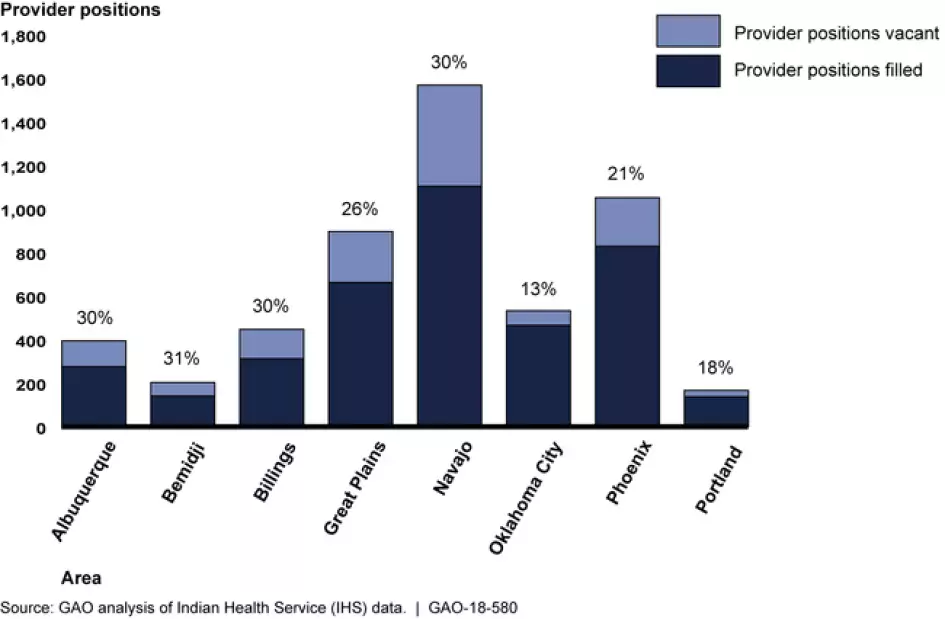COVID-19’s Disproportionate Impact on American Indians
American Indian communities are reporting high rates of COVID-19 infection and voicing concerns that they may be more at risk and less able to respond to the pandemic.
In today’s WatchBlog, we look at some of the factors that may be contributing to a higher number of infections among American Indians and our reports about these issues.
American Indian health outcomes
The life expectancy of American Indians is 5.5 years shorter than all other racial/ethnic groups in the United States. Their lower life expectancy is attributed to health conditions like diabetes, chronic liver disease, and chronic lower respiratory diseases—the same conditions that tend to place individuals at a higher risk for severe illness from COVID-19. Respiratory conditions are also associated with a lack of clean water, which is not readily available for many American Indians. These health disparities highlight the need to ensure quality health care and clean water for American Indians, but accessing them may still be a challenge.
GAO recently testified that factors like provider vacancies, oversight weaknesses, inadequate funding, and budget uncertainty directly affect how federal agencies provide services to tribes and its members.
Provider vacancies
Indian Health Service (IHS) has had difficulties in filling provider vacancies for several years, which has made it hard for some American Indians to access health care. In 2017, the overall provider vacancy was 25%. IHS has made some progress in recruiting and retaining providers by offering financial incentives or contracting with temporary providers, but long-term vacancies continue to exist. Additionally, temporary providers may interrupt a patient’s continuity of care, possibly delay necessary treatments, and may cost more than permanent providers.
The figure below shows the number of providers and the provider vacancy rate in each Indian Health Service Area as of 2017:
Image

Oversight of quality of health care
We previously found weaknesses in IHS’s oversight of the quality of care American Indians receive. This also impairs the agency’s ability to ensure they receive proper diagnoses and treatments. We found inconsistent reporting of quality data and adverse events across health facilities, which makes it more difficult to monitor patients’ quality of care. IHS has made progress in improving its reporting system, but some of these efforts have been temporarily stalled due to COVID-19.
Water project funding and distribution
Tens of thousands of American Indians and Alaska Natives do not have safe drinking water or wastewater disposal in their homes for handwashing, which may leave them more vulnerable to COVID-19. Although IHS works continuously with tribes to identify water project needs, these projects are extremely costly to implement. In 2016, tribes and federal agencies estimated that over $5 billion was needed to address existing and future drinking water and sanitation concerns but only had $370 million reserved for water projects. Additionally, we reported that IHS’ and the Department of Agriculture’s processes do not effectively prioritize water projects in tribal areas with the highest need. IHS is currently working with tribes to improve these processes to better plan future water projects.
Budget uncertainty
Budget uncertainty—particularly during government shutdowns or when a budget isn’t passed— can exacerbate problems for American Indians’ access to care. In November 2019, we testified that during our audit work, IHS and tribal-run facilities had told us that budget uncertainty may make it more difficult to retain and recruit health care staff, which creates gaps in care and increases administrative costs to the IHS.
The CARES Act provides direct funding to the IHS for pandemic response. A portion of this funding will be used to expand telehealth services, meet medical equipment needs, and provide testing kits to Indian health programs.
For more detailed information about any of the federal challenges related to serving tribes and their members, be sure to check out our reports.






